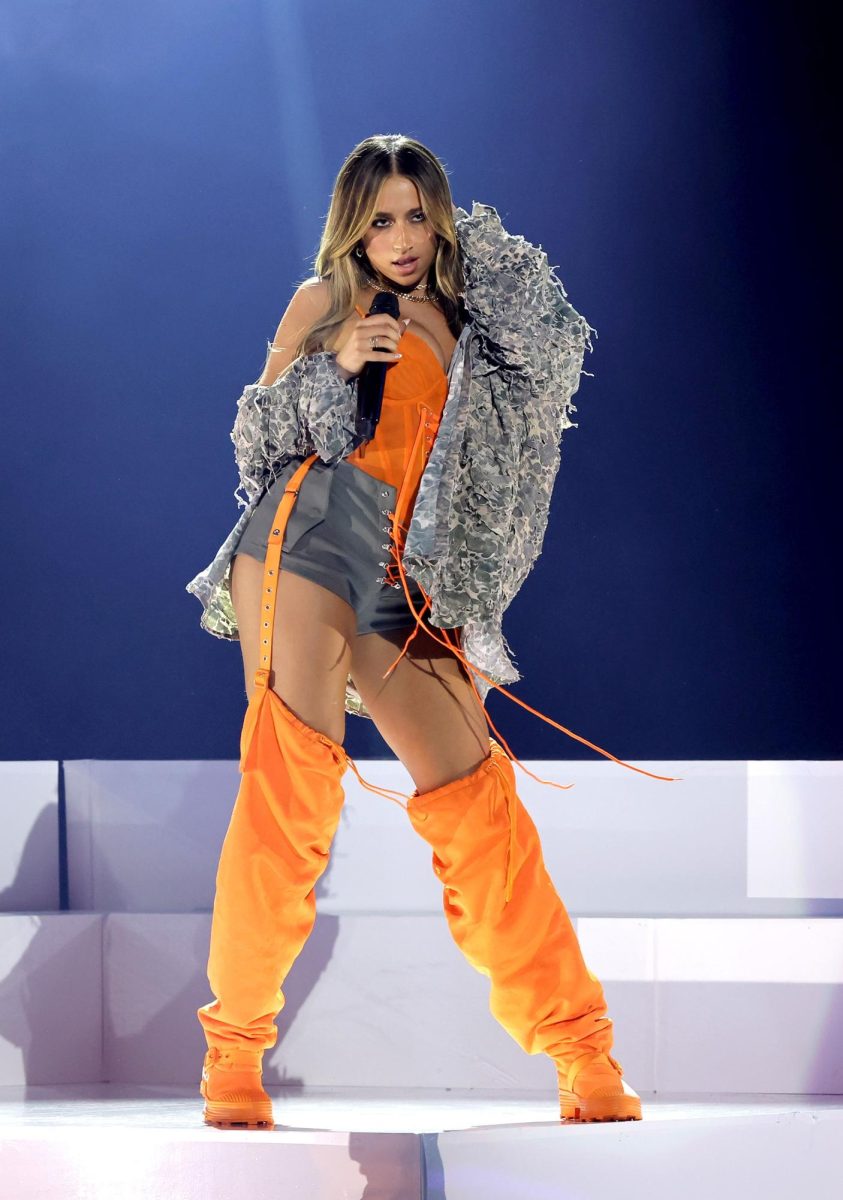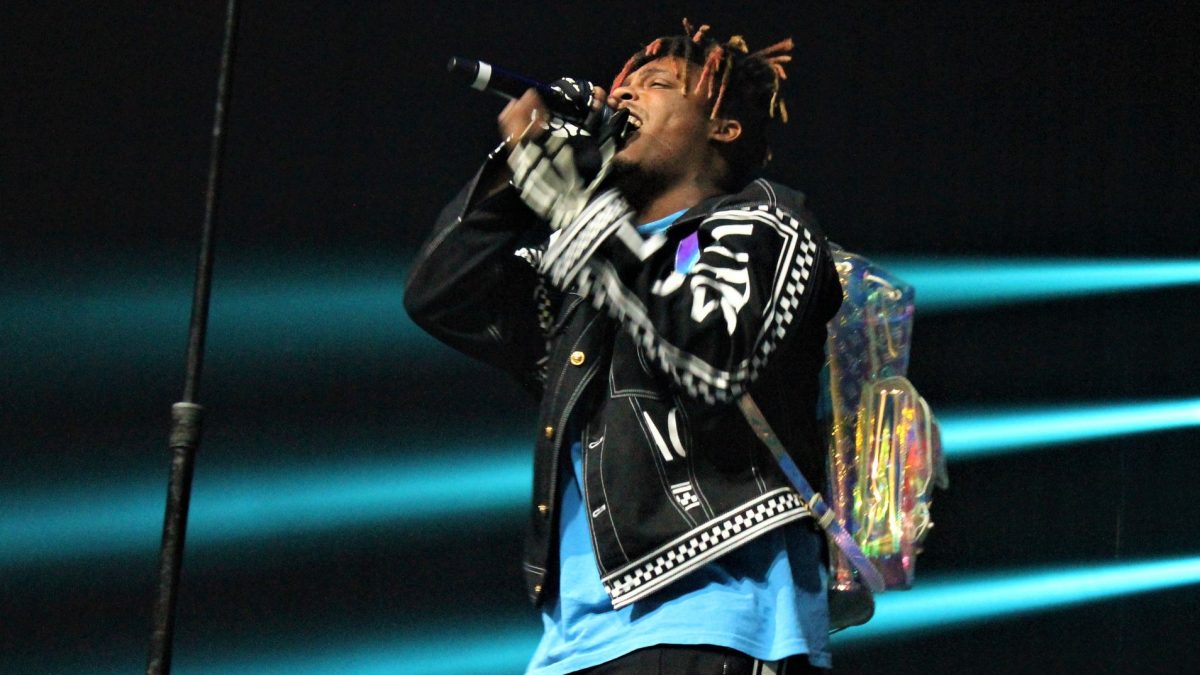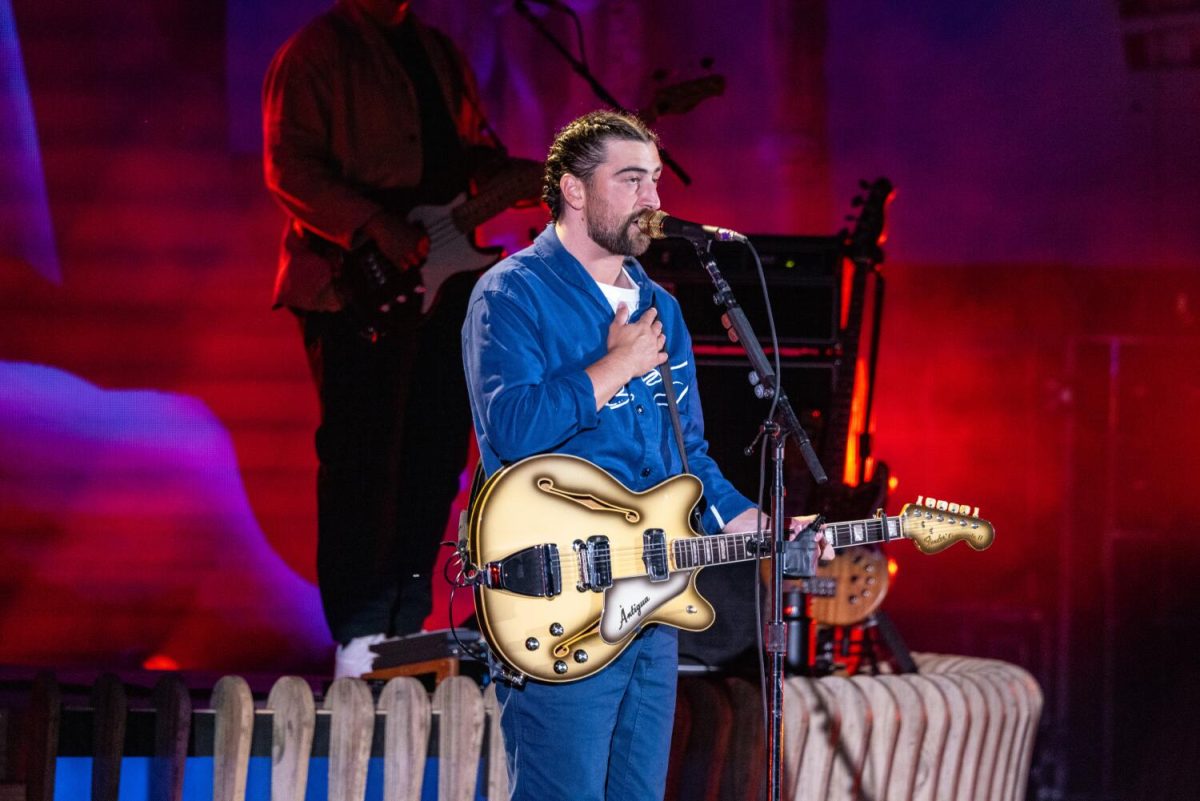*This story was originally printed in the December 2016 issue of the Eagle Eye*
When it comes to racial portrayal in films and television, Hollywood has always underrepresented minorities. According to the Comprehensive Annenberg Report on Diversity in Entertainment, only 28.3 percent of all speaking characters portray underrepresented racial/ethnic minorities, which measures below the proportion in the United States population (37.9 percent).
Further, even when minorities are shown, they are stereotyped in their roles. According to Fusion, Kent State University’s magazine, 69 percent of maids in television shows, movies or plays have been portrayed by a Hispanic woman.
“I hate it when most television shows have like a ‘novelty latina’ and all of those girls end up being shown in the same way,” sophomore Ana Solano said. “I’ve never really seen my culture being portrayed very accurately. All of the Spanish women on shows tend to just be loud, or maids, or provocative and sexualized, and that doesn’t represent my culture at all. In fact, I feel like it degrades it.”
At Hollywood award shows, including the Oscars or the Emmys, many people of color remain underrepresented as well. At the 2016 Oscar Awards, the Academy nominated only white actors for the top four categories for the second year in a row, which before 2015 hadn’t happened since 1998. This led to a backlash, found as a trending social media hashtag #OscarsSoWhite in response, and a controversial award season overall.
But how can people of color get nominated for awards if they are not given opportunities for roles in the first place? According to Public Broadcasting Service (PBS), roughly three-quarters (73.1 percent) of the actors in the top 100 films of 2014 were white, and only 17 of those movies featured a non-white lead.
This problem is in part caused by movies giving roles of people of other races to white people, a concept known as “whitewashing.” This prevalent issue continues in many movies, especially recently, with white actors playing Asian characters in movies such as “Aloha,” the upcoming “Absolutely Fabulous,” “The Sands of Time,” and “The Last Airbender.” In each of these films, and so many more, the characters demean people of color by giving cultured roles to those not of that race or ethnicity.
Much like race, different sexual orientations face difficulty with representation in the entertainment industry and only very recently found itself represented in films and television. Even so, that portrayal scarcely exists.
Television shows often kill off LGBT characters, specifically the lesbian community. When the lesbian character Poussey Washington on Netflix’s “Orange is the New Black” and popular lesbian character Lexa died by the hands of her father figure on the CW’s “The 100,” the lesbian community fought back on this trope with boycotts against the shows and awareness of this injustice on television throughout social media. This trope is known as the “Bury Your Gays” trope. The website Autostraddle found that of 383 lesbian or bisexual characters on American television from 1976 to the present, 95 died, 76 continued on air, and only 30 achieved happy endings.
Efforts to properly represent characters of all minorities continue today. Television shows on networks of all kinds portray their characters more consciously, including Netflix’s “Luke Cage” which includes an African-American protagonist and an almost entirely African-American group of supporting characters.
The Fox show “Empire,” also contains an almost entirely black cast. Many of their viewers find that this cast specifically portrays their culture properly, because while some shows might provide representation, the producers and writers riddle the show inaccurate or offensive stereotypes. According to Fox, 62 percent of the ‘Empire’s’ audience aged 18 to 49 — the group network TV advertisers target most heavily — are African-American.
“I feel like we [as African Americans] are underrepresented. but we’re slowly being highlighted more and more,” said sophomore student Tyah Roberts, “And the best part is that we’re being shown in a non-stereotypical way, unlike the usual ‘loud and sassy’ caricature that I’m used to seeing on TV. I definitely love to watch shows with a mostly black cast because it just feels more relatable to me, and that’s not to say I don’t watch shows with white people in it because that’s basically impossible, but it’s refreshing to see someone that looks like me on a TV screen.”
Just as those of different races find new sources of representation today, the LGBT community makes progress with each new show that includes those of that community. The critically acclaimed, popular Netflix show “Sense8,” which includes a transgender woman, a lesbian, a gay man and supporting characters of all ethnicities, races and backgrounds symbolizes the LGBT community’s progress. Network television shows recently added LGBT characters to many of their shows, including the CW Network’s “Supergirl” and “The 100.”
“I feel sad and uncomfortable that there are people like me not getting represented today,” said senior member of the LGBT community Nick Fernandez. “I feel like movies and television shows have a lot to benefit from having diversity, like a lot of more viewers that will watch it because they see themselves.”
Evidently, the Hollywood movie industry and television industry needs to improve in accurate representation of the minorities that make up the melting pot that epitomizes the U.S., as well as other parts of the world. Still, the progress made already shines in the new, groundbreaking shows that intrigue and capture people of all ethnicities, races, genders and sexualities.






![[Review] ‘The Inheritance Games’ series warms readers’ hearts](https://eagleeye.news/wp-content/uploads/2025/01/Screen-Shot-2025-01-08-at-8.37.08-AM.png)


